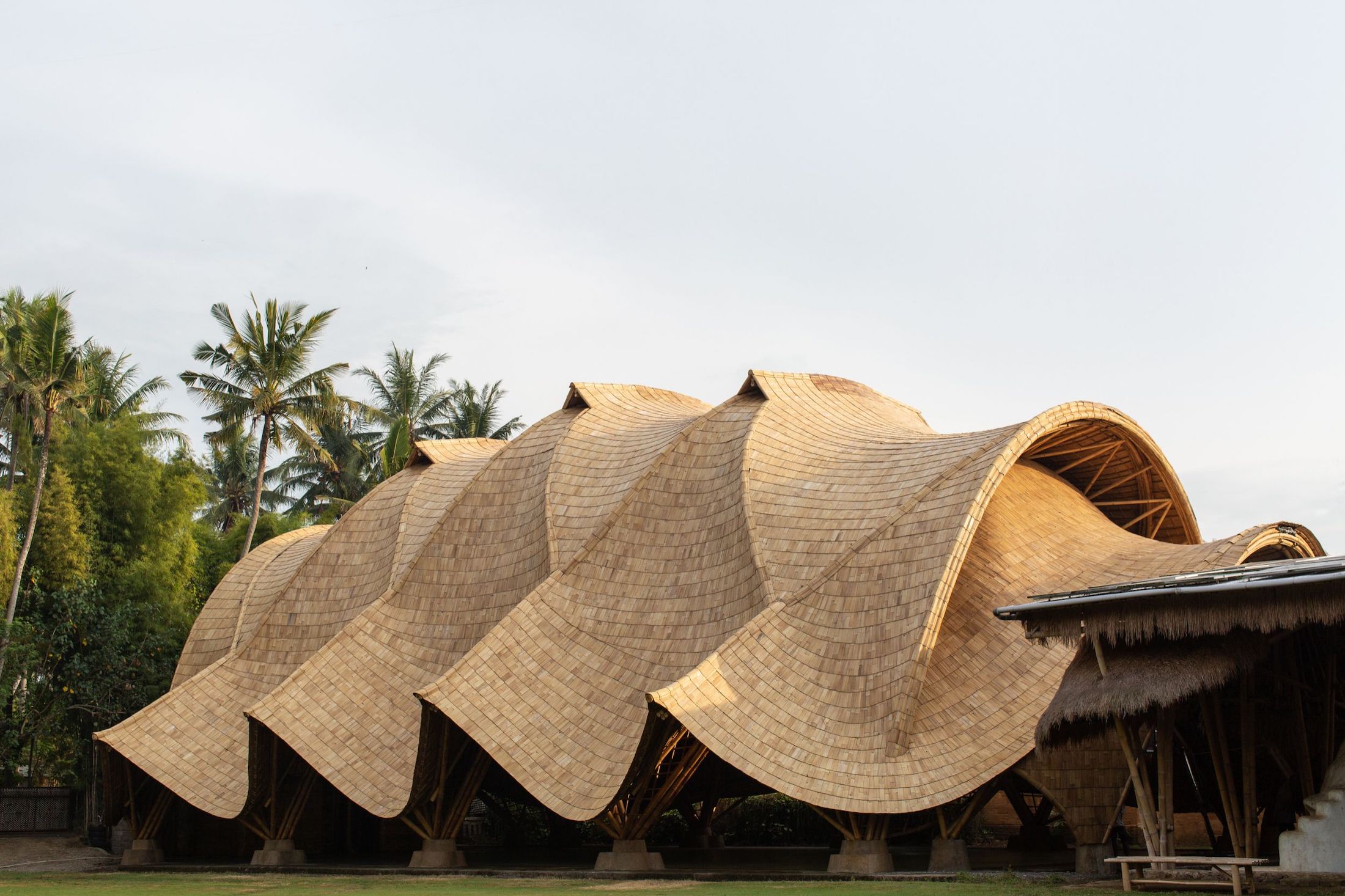2025 Winners announcement coming soon
Stay tuned for the announcement of the 2025 Architecture MasterPrize winners!
For any inquiries in the meantime please contact us at team@architectureprize.com
You can login to your AMP Account here.

Stay tuned for the announcement of the 2025 Architecture MasterPrize winners!
For any inquiries in the meantime please contact us at team@architectureprize.com
You can login to your AMP Account here.
